Home>Home Maintenance>What Is The Most Efficient Attic Ventilation System
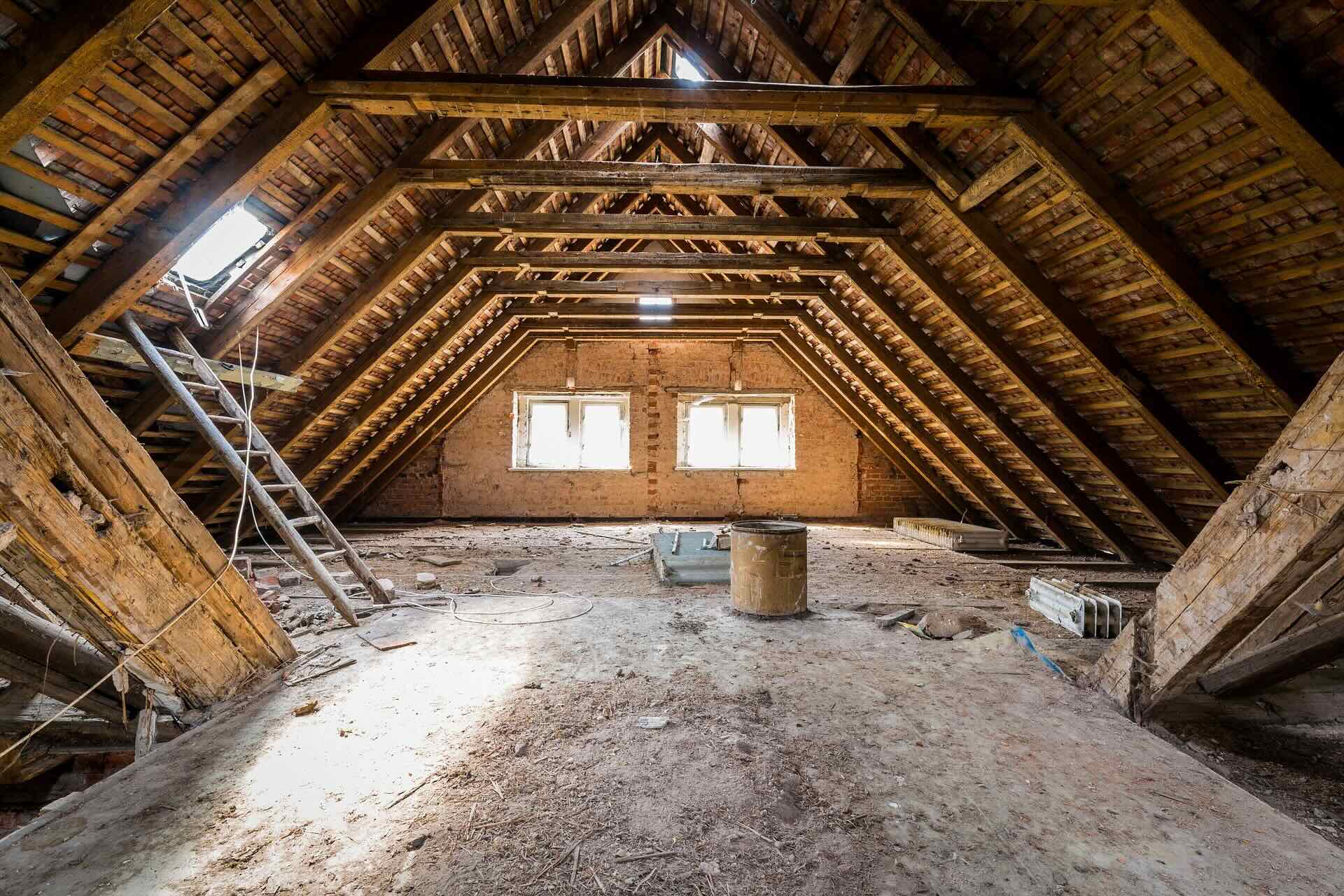

Home Maintenance
What Is The Most Efficient Attic Ventilation System
Modified: March 6, 2024
Learn about the most efficient attic ventilation system and how it can improve your home's maintenance. Proper ventilation is crucial for a healthy and energy-efficient home.
(Many of the links in this article redirect to a specific reviewed product. Your purchase of these products through affiliate links helps to generate commission for Storables.com, at no extra cost. Learn more)
Introduction
When it comes to maintaining a comfortable and energy-efficient home, one aspect that is often overlooked is attic ventilation. Many homeowners may not realize that proper attic ventilation plays a crucial role in the overall health and longevity of their homes.
Attic ventilation refers to the process of allowing fresh air to flow in and out of the attic space. It involves the strategic placement of vents and fans to create a balanced and efficient air exchange. By implementing an effective attic ventilation system, homeowners can reap a multitude of benefits while avoiding potential risks associated with improper ventilation.
In this article, we will explore the importance of attic ventilation, the different types of ventilation systems available, factors to consider when choosing the right system, the pros and cons of each system, guidelines for installation, and maintenance tips to keep your attic ventilation system in optimal condition.
So, if you’re ready to learn more about attic ventilation and how it can contribute to a healthier and more energy-efficient home, let’s dive in!
Key Takeaways:
- Proper attic ventilation is crucial for a healthy home, regulating temperature, controlling moisture, and extending the lifespan of the roof, leading to energy savings and a comfortable living environment.
- Choosing the right attic ventilation system involves considering climate, roof design, and energy efficiency, while regular maintenance and troubleshooting are essential for optimal performance and longevity.
Read more: What Does An Attic Fan Do
Importance of Attic Ventilation
Proper attic ventilation is essential for the overall health and performance of your home. It offers a wide range of benefits and helps to avoid potential risks associated with inadequate ventilation.
Benefits of proper attic ventilation:
- 1. Temperature regulation: Attic ventilation helps regulate the temperature inside the attic, preventing it from becoming excessively hot during the summer months. This helps to reduce heat transfer to the living spaces below and allows for a more comfortable living environment.
- 2. Moisture control: Effective attic ventilation helps to prevent the buildup of excess moisture in the attic. Moisture can accumulate due to humidity, condensation, or water leaks, and can lead to mold and mildew growth, rotting of wood, and damage to insulation. Proper ventilation allows for the removal of moisture, preserving the integrity of your attic and home.
- 3. Energy efficiency: An efficiently ventilated attic can contribute to energy savings by reducing the load on your HVAC system. By regulating the temperature in the attic, it minimizes the strain on your cooling system during hot seasons and reduces the need for excessive use of air conditioning.
- 4. Extended roof lifespan: Excessive heat and moisture buildup in the attic can accelerate the deterioration of roofing materials. Proper ventilation helps to prolong the lifespan of your roof by reducing the risk of rot, warping, and other damage caused by excess heat and moisture.
Risks of improper attic ventilation:
- 1. Poor indoor air quality: Without proper attic ventilation, air pollutants, and toxins can accumulate in the attic and find their way into your living spaces. This can lead to poor indoor air quality, which can have detrimental effects on your health and well-being.
- 2. Increased energy costs: Inadequate attic ventilation can cause your cooling system to work harder to maintain a comfortable temperature, resulting in higher energy bills. Without proper ventilation, heat can become trapped in the attic, creating a thermal imbalance that compromises energy efficiency.
- 3. Roof damage: A lack of ventilation can lead to an increased risk of roof damage. Excess heat and moisture in the attic can cause shingles to warp, crack, or deteriorate prematurely. This compromises the structural integrity of the roof and may require costly repairs or replacements.
- 4. Ice dams: In cold climates, inadequate attic ventilation can contribute to the formation of ice dams. Ice dams are ridges of ice that form at the edge of the roof, preventing proper drainage of melting snow. This can cause water to back up and seep into the roof, leading to water damage and leaks inside the home.
Now that we understand the importance of proper attic ventilation, let’s explore the different types of attic ventilation systems available.
Different Types of Attic Ventilation Systems
When it comes to attic ventilation, there are several types of systems to choose from. Each system has its own unique characteristics and benefits. Understanding these options will help you make an informed decision about which ventilation system is best suited for your home.
Ridge vents:
Ridge vents are installed along the peak of the roof, allowing hot air to escape from the attic. They provide a continuous open-air pathway and are typically covered by a ridge cap to prevent water infiltration. Ridge vents are an excellent choice for maintaining a consistent airflow throughout the entire attic space.
Soffit vents:
Soffit vents are located on the underside of the roof overhang, allowing cool air to enter the attic. They create an intake vent system, drawing fresh air from outside into the attic space. Soffit vents work in conjunction with other ventilation systems, such as ridge vents or gable vents, to create a balanced airflow and prevent the buildup of heat and moisture in the attic.
Gable vents:
Gable vents are typically located on the sides of the home, near the peak of the gable roof. They provide an exit point for hot air to escape from the attic. Gable vents work by creating a pressure differential, drawing hot air out of the attic while allowing fresh air to enter through other intake vents, such as soffit vents.
Attic fans:
Attic fans, also known as powered ventilation systems, are installed in the attic to actively exhaust hot air. They work by using electric fans to draw hot air out of the attic and expel it outside. Attic fans can aid in maintaining a cooler attic temperature, especially in areas with high humidity or limited natural airflow.
Each type of attic ventilation system has its advantages and disadvantages. It is recommended to consult with a professional or conduct thorough research to determine which system is best suited for your specific needs and the characteristics of your home.
Now that we have explored the different types of attic ventilation systems, let’s delve into the factors to consider when selecting an efficient attic ventilation system for your home.
Factors to Consider When Choosing an Efficient Attic Ventilation System
Choosing the right attic ventilation system for your home involves considering several important factors. By taking these factors into account, you can ensure that the ventilation system you select is efficient and effective for your specific needs.
Climate and location:
The climate and location of your home play a significant role in determining the type of attic ventilation system that will work best. For example, homes in hot and humid climates may benefit from a combination of ridge vents and soffit vents to maximize airflow and reduce heat buildup. In colder climates, where ice dams are a concern, a combination of gable vents and soffit vents may be more suitable to promote proper attic ventilation.
Roof design and materials:
The design and materials of your roof are essential considerations when selecting an attic ventilation system. Different types of roofs may require specific ventilation solutions to ensure proper airflow. Additionally, certain roofing materials, such as metal or asphalt shingles, may have different heat transfer properties, which can influence the choice of ventilation system required for optimal functioning.
Attic size and layout:
The size and layout of your attic will also impact the selection of an efficient ventilation system. Larger attics may require a combination of different vents and fans to ensure thorough air circulation. The layout of the attic, including any obstructions or irregularities, should also be taken into account to determine the most effective placement of vents and fans.
Energy efficiency considerations:
When choosing an attic ventilation system, it is important to consider energy efficiency. Look for systems that allow for proper airflow while minimizing energy consumption. Energy-efficient attic ventilation systems can help reduce your overall carbon footprint and contribute to long-term energy savings.
By considering these factors, you can make an informed decision and choose an attic ventilation system that is tailored to your specific needs and the characteristics of your home. In the next section, we will explore the pros and cons of various attic ventilation systems to further aid you in making the right choice for your home.
Consider installing a combination of soffit vents and ridge vents for the most efficient attic ventilation system. This allows for continuous airflow, preventing heat and moisture buildup.
Pros and Cons of Various Attic Ventilation Systems
When choosing an attic ventilation system, it’s important to weigh the pros and cons of each option to determine which system is best suited for your home. Let’s explore the advantages and disadvantages of the most common types of attic ventilation systems:
Ridge vents:
Advantages:
- 1. Continuous airflow: Ridge vents provide a continuous pathway for hot air to escape from the attic, ensuring efficient ventilation throughout the entire space.
- 2. Aesthetically pleasing: Ridge vents are installed along the roof’s peak, making them inconspicuous and maintaining the overall appearance of the roofline.
- 3. Low maintenance: Once properly installed, ridge vents typically require minimal maintenance, reducing the time and effort needed to keep your attic ventilated.
Disadvantages:
- 1. Weather-dependent: Ridge vents may not be as effective in areas with heavy snowfall or strong winds, as they can be prone to water infiltration or blockage from snow and debris.
- 2. Requires proper installation: Improper installation can lead to leaks or inadequate ventilation, so it’s essential to ensure that ridge vents are installed correctly.
Soffit vents:
Advantages:
- 1. Efficient intake ventilation: Soffit vents allow for the entry of fresh air into the attic, promoting proper airflow and preventing the buildup of heat and moisture.
- 2. Versatile placement: Soffit vents can be installed in different locations along the underside of the roof’s overhang, making them adaptable to various roof designs and styles.
- 3. Cost-effective: Soffit vents are generally affordable and offer a cost-effective solution for attic ventilation.
Disadvantages:
- 1. Vulnerable to blockage: Soffit vents can become obstructed by insulation, debris, or pests, reducing their efficiency. Regular inspection and maintenance are necessary to ensure unobstructed airflow.
- 2. Dependent on other vents: Soffit vents work in conjunction with other ventilation systems, such as ridge vents or gable vents, to create a balanced airflow. Improper installation or insufficient vent combinations may result in inadequate ventilation.
Gable vents:
Advantages:
- 1. Easy installation: Gable vents are relatively easy to install and can be added to existing homes without much modification.
- 2. Effective exhaust ventilation: Gable vents provide an exit point for hot air, facilitating efficient airflow and helping to regulate attic temperature.
- 3. Works well with other vents: Gable vents can be used in combination with soffit vents or ridge vents to create a balanced ventilation system.
Disadvantages:
- 1. Limited to specific roof designs: Gable vents are most effective with gable roofs, limiting their applicability to other roof types.
- 2. Vulnerable to wind-driven rain: In areas with heavy rain or strong winds, gable vents may allow water to enter the attic, potentially leading to water damage.
Attic fans:
Advantages:
- 1. Active ventilation: Attic fans actively pull hot air out of the attic, helping to reduce attic temperature and maintain proper airflow.
- 2. Effective in areas with limited natural airflow: Attic fans are particularly useful in areas with high humidity or limited natural ventilation, ensuring efficient air exchange.
- 3. Can be used in conjunction with other vents: Attic fans can complement other ventilation systems, enhancing the overall effectiveness of attic ventilation.
Disadvantages:
- 1. Energy consumption: Attic fans require electricity to operate, which can add to energy costs.
- 2. Noise: Some attic fans can generate noise during operation, which may be a consideration for homeowners sensitive to sound.
- 3. Requires regular maintenance: Attic fans need periodic cleaning and maintenance to ensure proper functioning and prevent mechanical issues.
It’s important to carefully consider the pros and cons of each attic ventilation system to make an informed decision that best suits your home’s needs. In the next section, we will discuss guidelines for installing an efficient attic ventilation system.
Read more: When To Use An Attic Fan
Guidelines for Installing an Efficient Attic Ventilation System
Installing an efficient attic ventilation system requires proper techniques, knowledge of recommended ventilation ratios, and an understanding of common installation mistakes to avoid. Following these guidelines will ensure that your attic ventilation system functions optimally and provides all the benefits it has to offer.
Proper installation techniques:
- 1. Start with a thorough inspection: Before installing any ventilation system, conduct a detailed inspection of your attic to identify any existing issues, such as leaks, insulation problems, or pest infestations. Addressing these issues beforehand will help create a conducive environment for proper ventilation.
- 2. Follow manufacturer’s instructions: When installing vents or fans, carefully read and follow the manufacturer’s instructions to ensure proper installation. Each product may have specific requirements and recommendations that should be adhered to for maximum performance.
- 3. Use appropriate materials: Use high-quality materials that are compatible with your roof type and climate conditions. This includes proper flashing, sealants, and vent covers to prevent water infiltration and ensure a secure installation.
Recommended ventilation ratios:
- 1. Balanced intake and exhaust: The key to an efficient attic ventilation system is achieving a balanced airflow between intake and exhaust vents. As a general rule of thumb, aim for equal or slightly more intake vent area than exhaust vent area to ensure proper airflow.
- 2. Ventilation recommendations: The recommended ventilation ratio is typically 1:300, which means having 1 square foot of net free vent area for every 300 square feet of attic floor space. This ratio helps maintain a healthy airflow and temperature balance inside the attic.
Common installation mistakes to avoid:
- 1. Improper vent placement: Incorrect placement of vents can hinder proper airflow or create hot spots in the attic. Ensure that intake vents, such as soffit vents, are properly positioned for optimal airflow, and exhaust vents, such as ridge vents or gable vents, are placed to allow hot air to escape effectively.
- 2. Insufficient vent coverage: Inadequate vent coverage can restrict proper airflow and lead to inefficient ventilation. Make sure to install enough vents to achieve the recommended ventilation ratio for the size of your attic.
- 3. Blocking vents: Be cautious when installing insulation to avoid covering or blocking vents. Properly position insulation baffles to ensure clear pathways for air to flow between the vents and the attic space.
By following these guidelines, you can ensure the proper installation of your attic ventilation system, enabling it to function efficiently and provide the desired benefits. In the next section, we will discuss maintenance and troubleshooting tips for attic ventilation systems.
Maintenance and Troubleshooting Tips for Attic Ventilation Systems
Regular maintenance of your attic ventilation system is essential to ensure its proper functioning and longevity. By following these maintenance and troubleshooting tips, you can address common issues and prevent potential problems from arising.
Regular inspection and cleaning:
- 1. Schedule routine inspections: Regularly inspect your attic to check for any signs of damage, leaks, or blockages in the ventilation system. Look for any debris, nests, or pest infestations that may obstruct airflow.
- 2. Clean vents and fans: Clear away any dirt, dust, or debris that may accumulate in the vents or fans. Use a soft brush or vacuum to remove any blockages that could hinder proper airflow.
- 3. Trim vegetation: Keep surrounding trees and vegetation trimmed to prevent them from blocking vents or causing damage to the ventilation system.
Handling common issues and problems:
- 1. Address moisture problems: If you notice excessive moisture or condensation in the attic, it may indicate a ventilation issue. Ensure that all vents are clear and unobstructed, and consider using a dehumidifier in the attic to help control humidity levels.
- 2. Inspect insulation: Check the insulation in your attic to ensure it is not blocking the vents or impeding airflow. Properly position insulation baffles to create clear pathways for air movement.
- 3. Check for leaks: Regularly inspect the attic for any signs of leaks, water stains, or damage. Address any leaks promptly to prevent further damage and maintain the integrity of the ventilation system.
When to seek professional help:
- 1. Persistent problems: If you encounter recurring issues with your attic ventilation system, despite regular maintenance and troubleshooting, it may be time to seek professional help. An experienced contractor or ventilation specialist can assess the system, identify any underlying issues, and provide expert solutions.
- 2. Extensive repairs or replacements: If major repairs or replacements are required for your ventilation system, it is best to enlist the help of a professional. They have the knowledge, skills, and tools to handle complex repairs and ensure the system is functioning optimally.
- 3. Safety concerns: If you are unsure about performing maintenance tasks or troubleshooting on your own, or if you have safety concerns, it is always recommended to consult a professional. They can handle the job safely and efficiently, giving you peace of mind.
Regular maintenance, timely troubleshooting, and prompt attention to any issues will help keep your attic ventilation system in optimal condition, ensuring that it continues to provide the numerous benefits it offers. In the concluding section, we will highlight the importance of a well-functioning attic ventilation system and provide final thoughts on choosing an efficient system.
Conclusion
A well-functioning attic ventilation system is a vital component of a healthy and energy-efficient home. It plays a crucial role in regulating temperature, controlling moisture, extending the lifespan of your roof, and reducing energy costs. By ensuring proper attic ventilation, you can create a comfortable living environment while protecting your home from potential risks associated with improper ventilation.
When choosing an efficient attic ventilation system, consider factors such as climate, roof design, attic size, and energy efficiency. Take into account the advantages and disadvantages of different ventilation systems, including ridge vents, soffit vents, gable vents, and attic fans. By selecting the system that best suits your home and needs, you can achieve optimal airflow and ventilation.
Proper installation techniques, following recommended ventilation ratios, and avoiding common installation mistakes are crucial when setting up the ventilation system. Regular inspection, cleaning, and addressing common issues will help the system function effectively. If persistent problems arise or major repairs are needed, consult with professionals to ensure a proper and safe resolution.
In conclusion, a well-maintained and efficient attic ventilation system brings numerous benefits to your home. It helps regulate temperature, control moisture, extend the lifespan of your roof, and contribute to energy efficiency. By investing in an effective attic ventilation system and maintaining it properly, you can create a healthier and more comfortable living environment for you and your family.
Remember, in the ever-changing field of home maintenance, it’s essential to stay informed about the best practices and emerging trends in attic ventilation. Regularly check industry resources and consult with professionals to ensure that your attic ventilation system is up to date and functioning optimally.
Now, armed with knowledge about the importance of attic ventilation and the guidelines for choosing and maintaining an efficient system, you can take the necessary steps to improve the airflow and overall health of your home. With a well-functioning attic ventilation system in place, you can enjoy the benefits of a comfortable and energy-efficient living space for years to come.
Frequently Asked Questions about What Is The Most Efficient Attic Ventilation System
Was this page helpful?
At Storables.com, we guarantee accurate and reliable information. Our content, validated by Expert Board Contributors, is crafted following stringent Editorial Policies. We're committed to providing you with well-researched, expert-backed insights for all your informational needs.
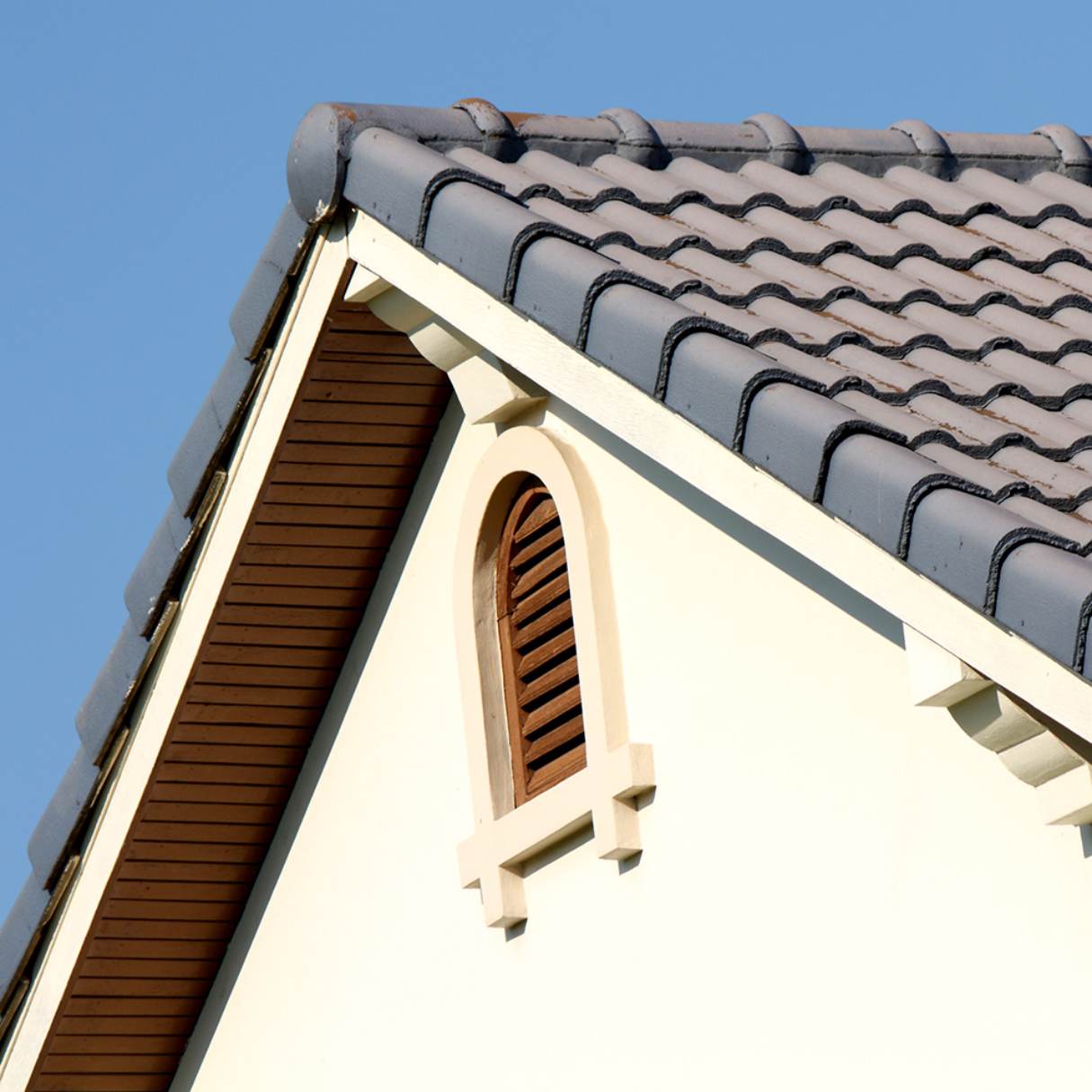
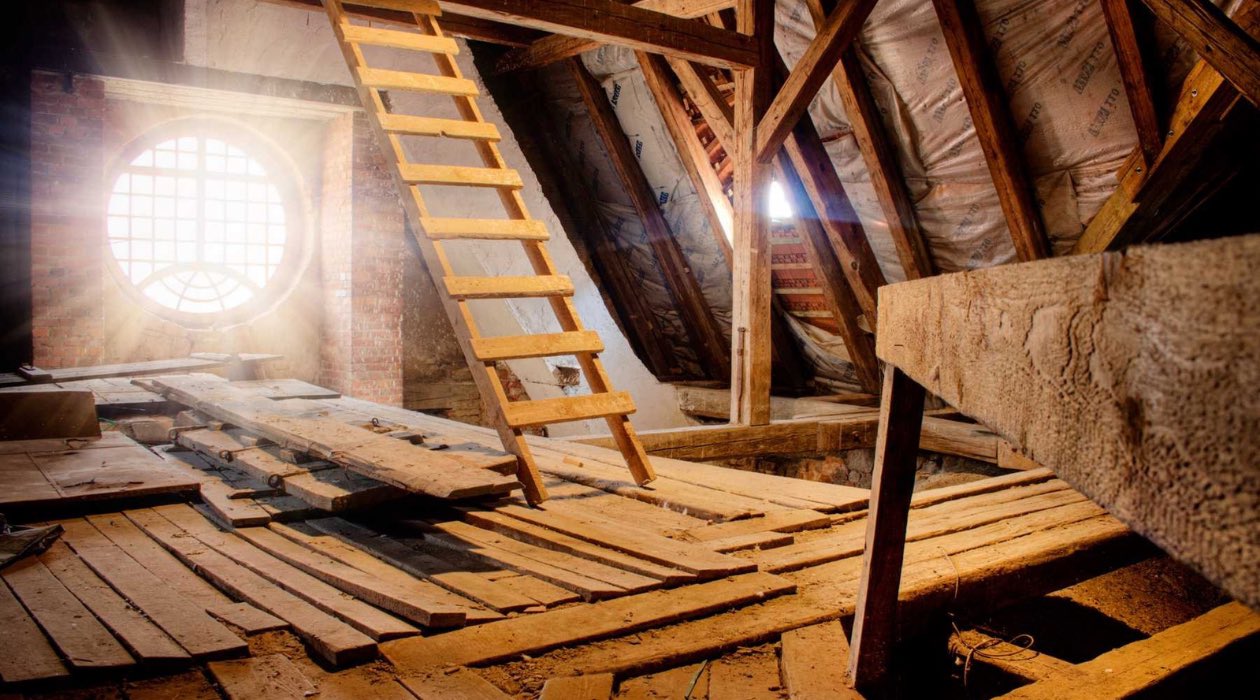


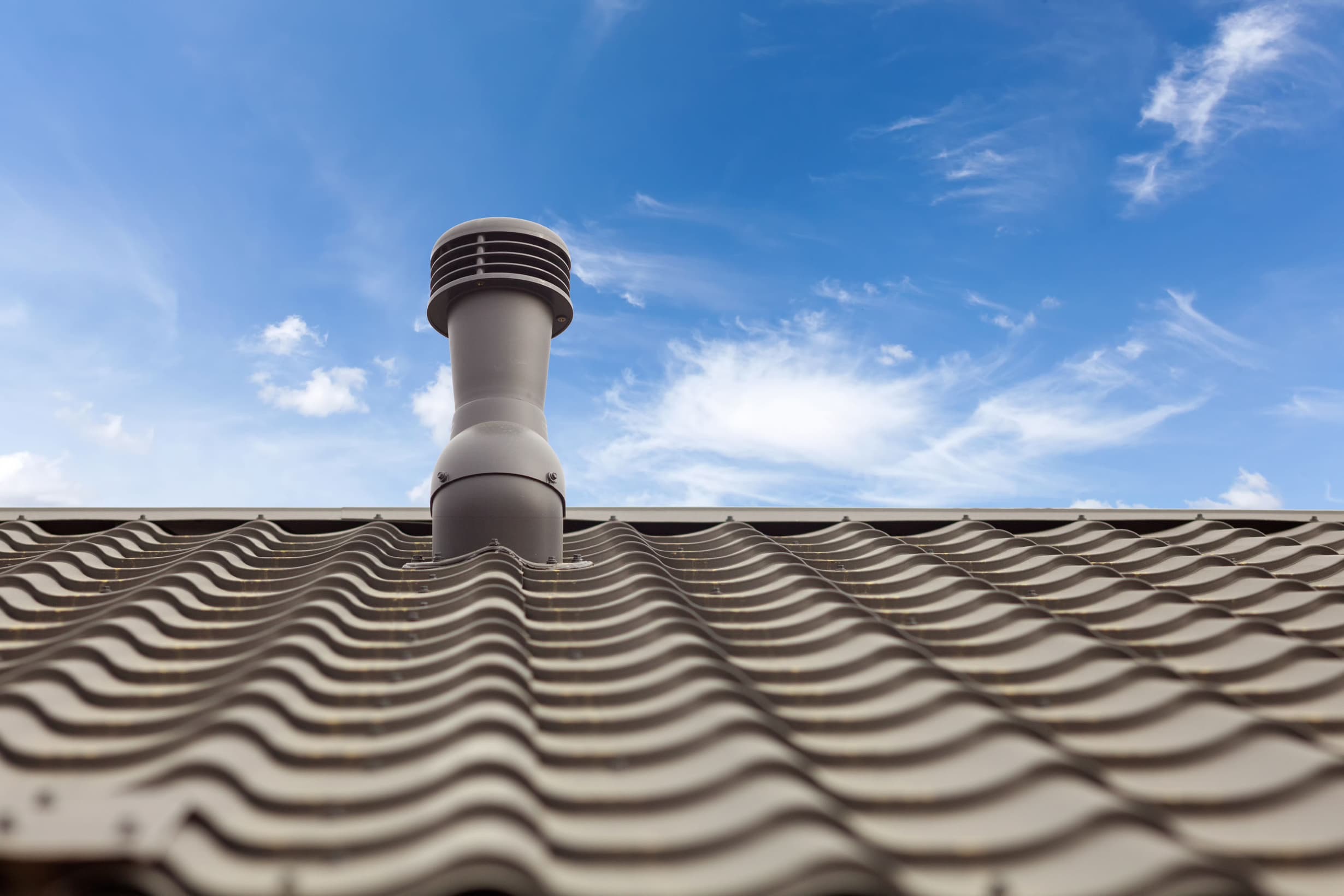
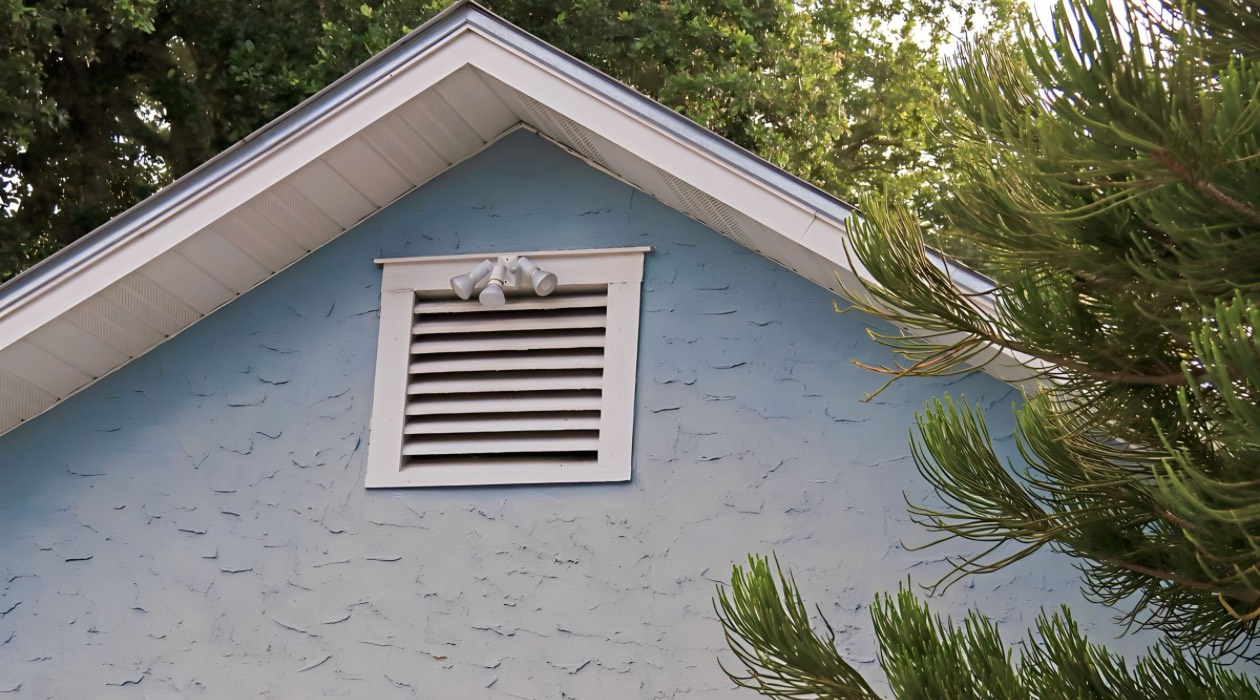
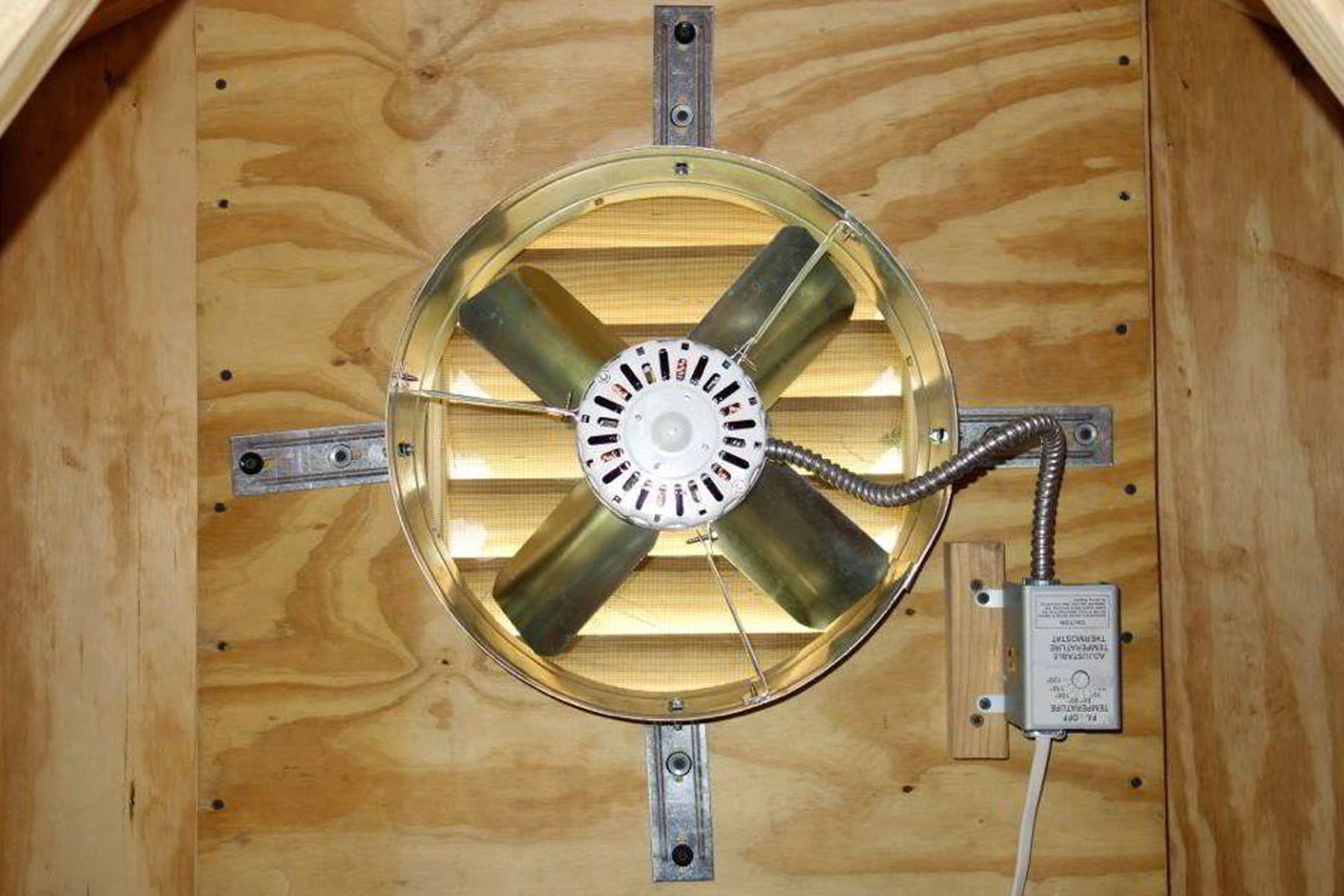
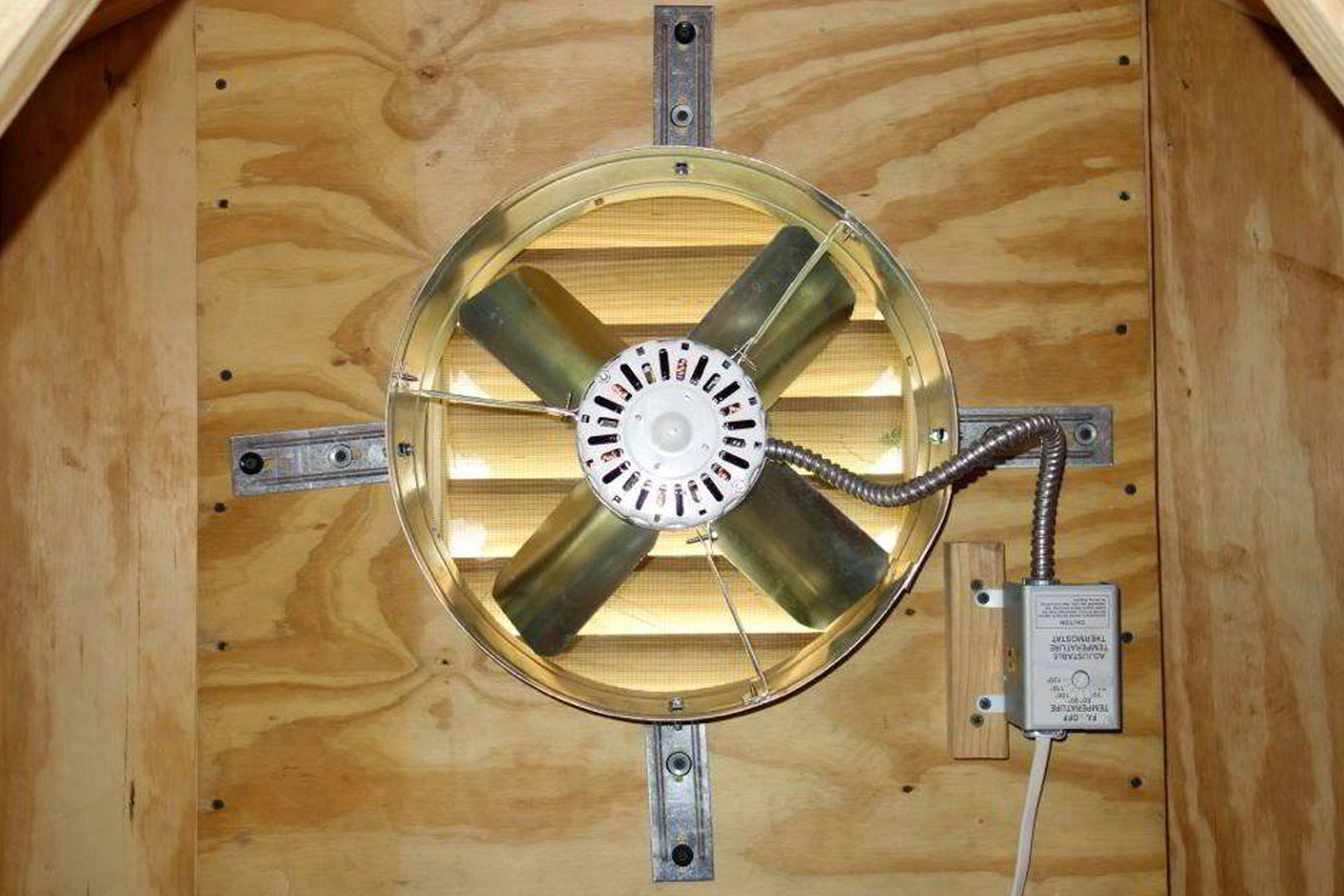
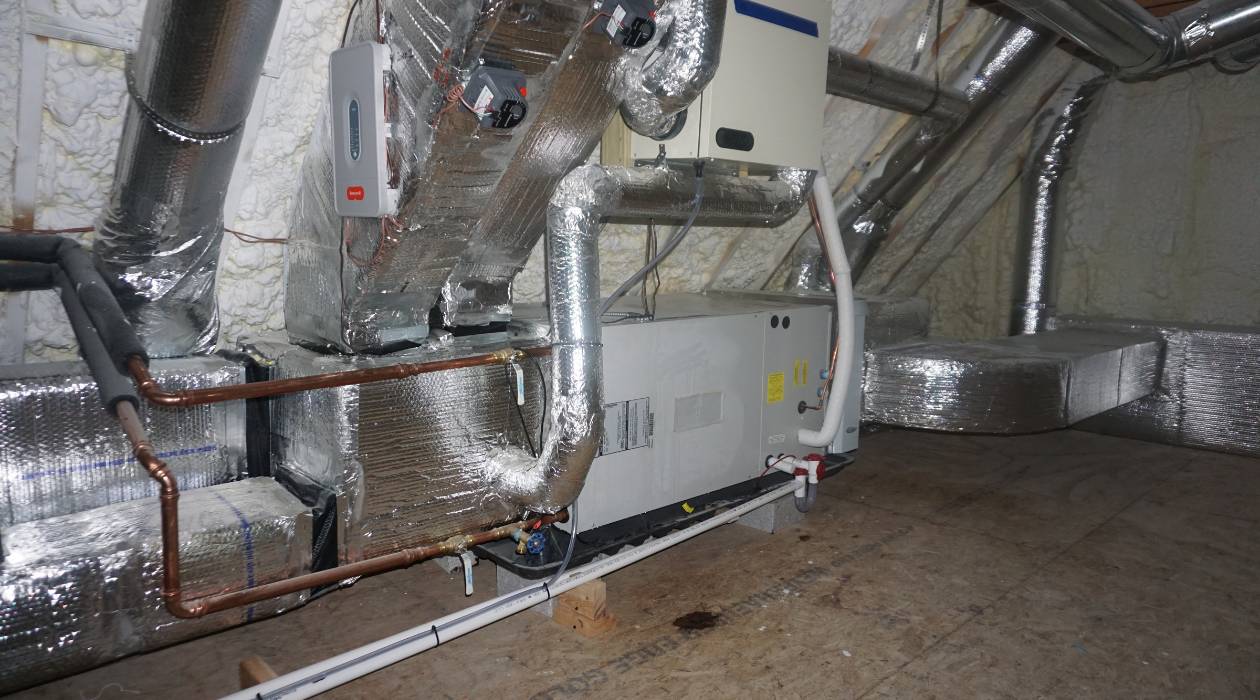
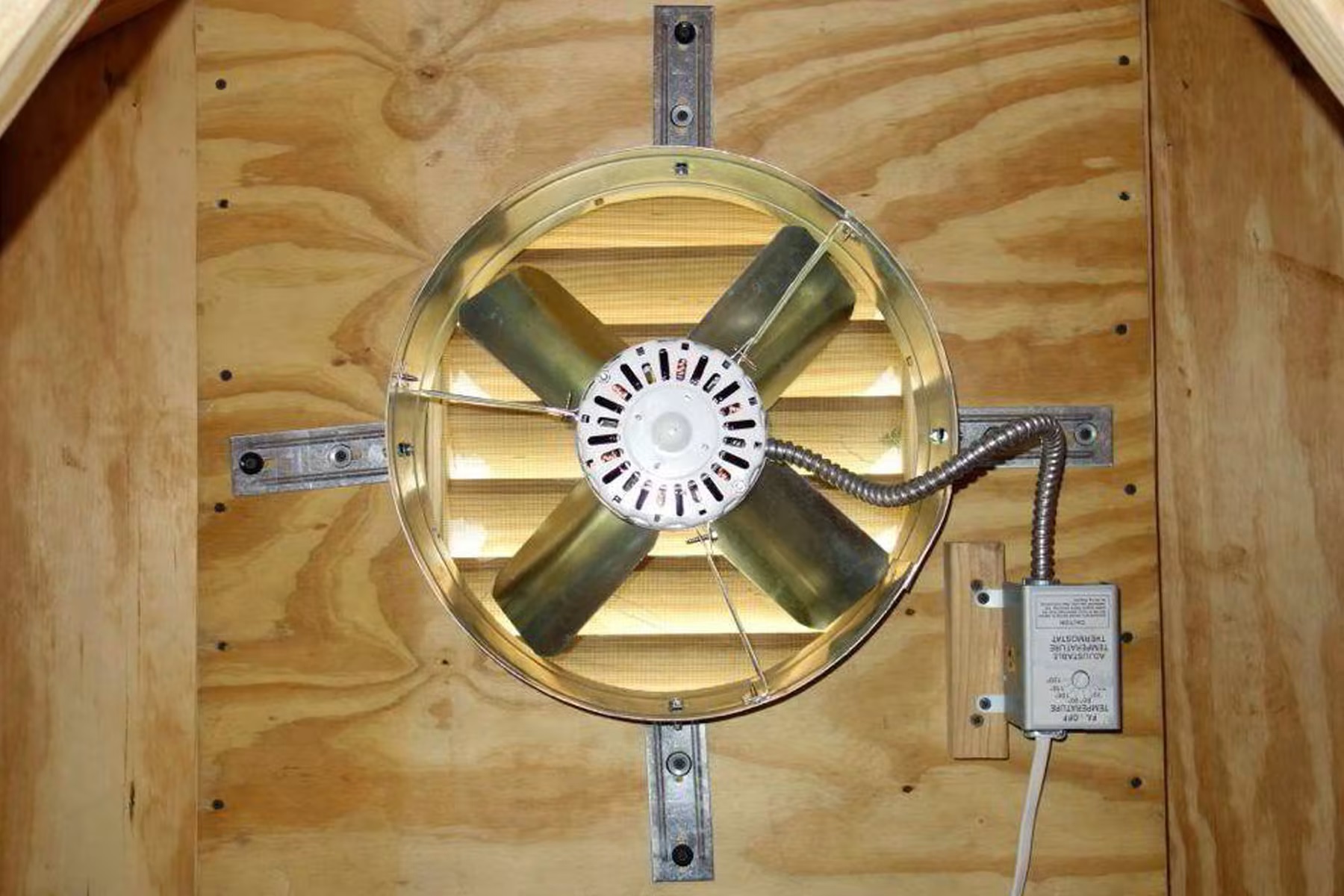
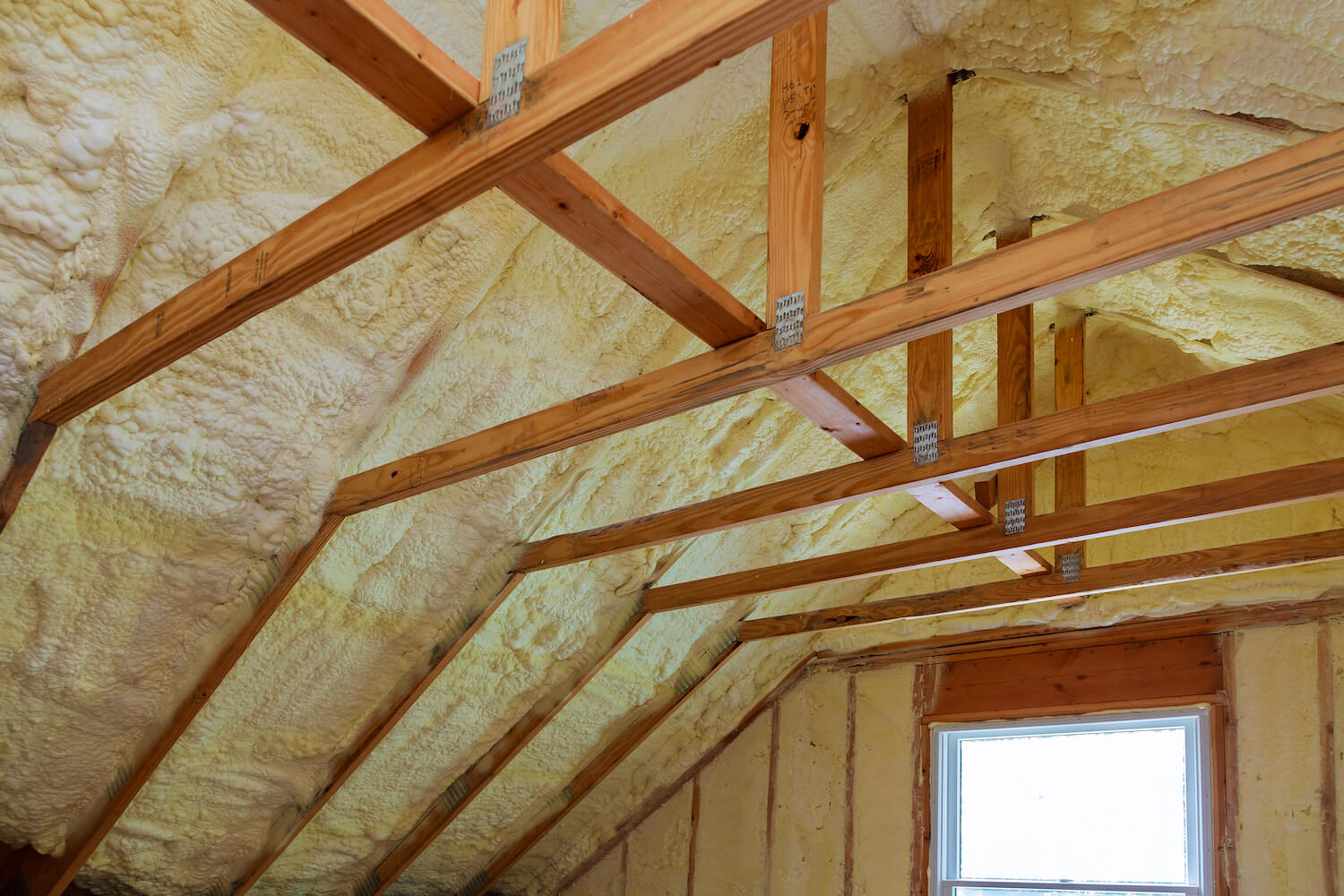
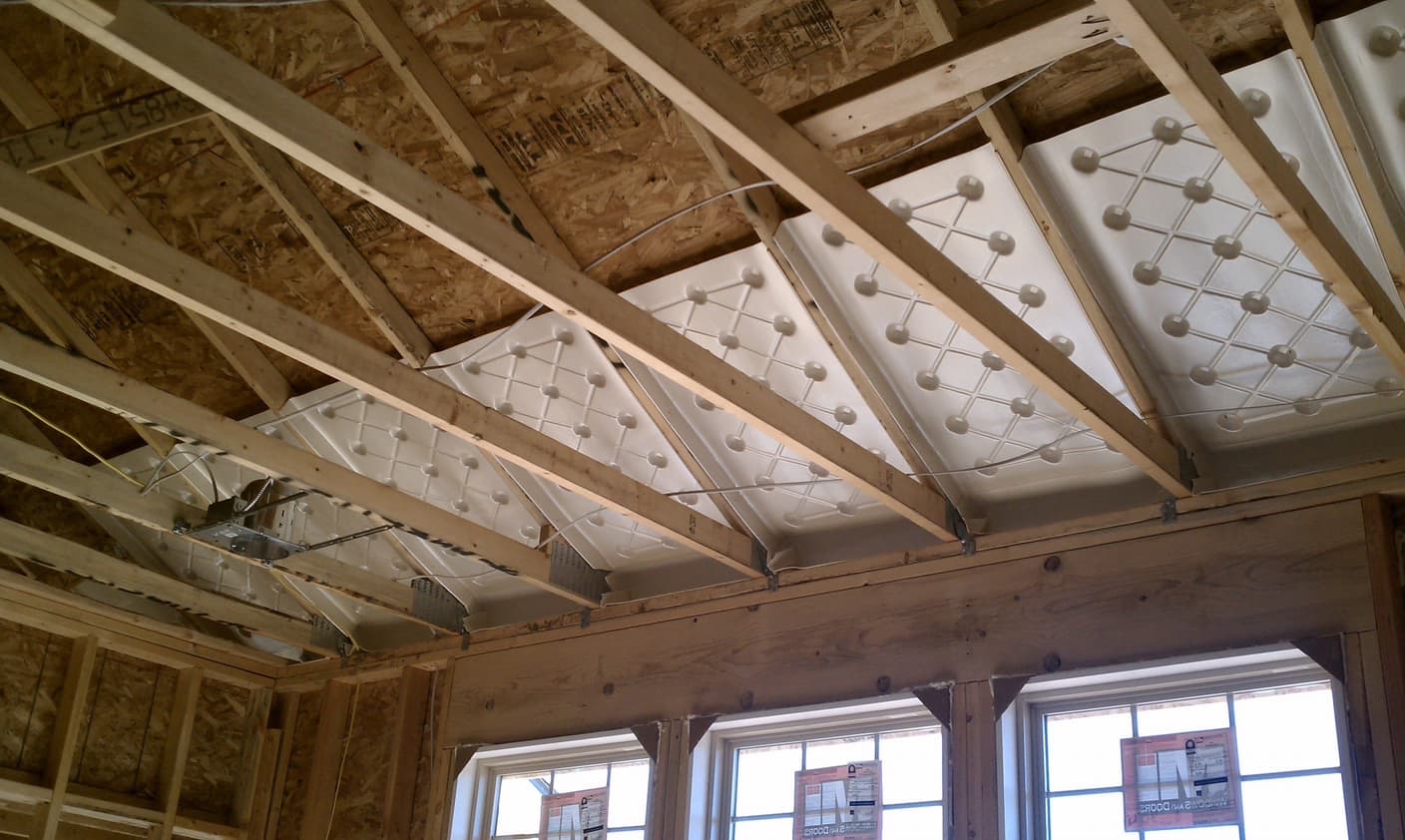
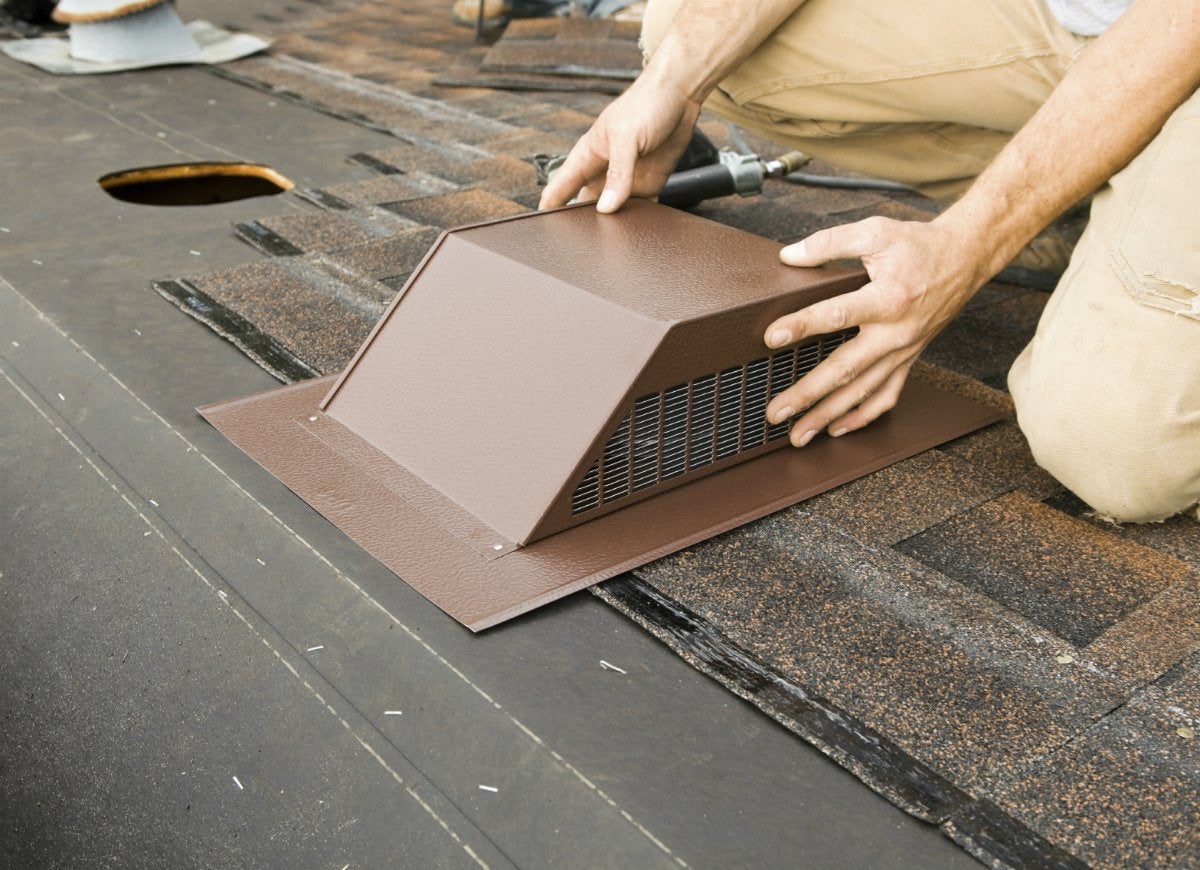
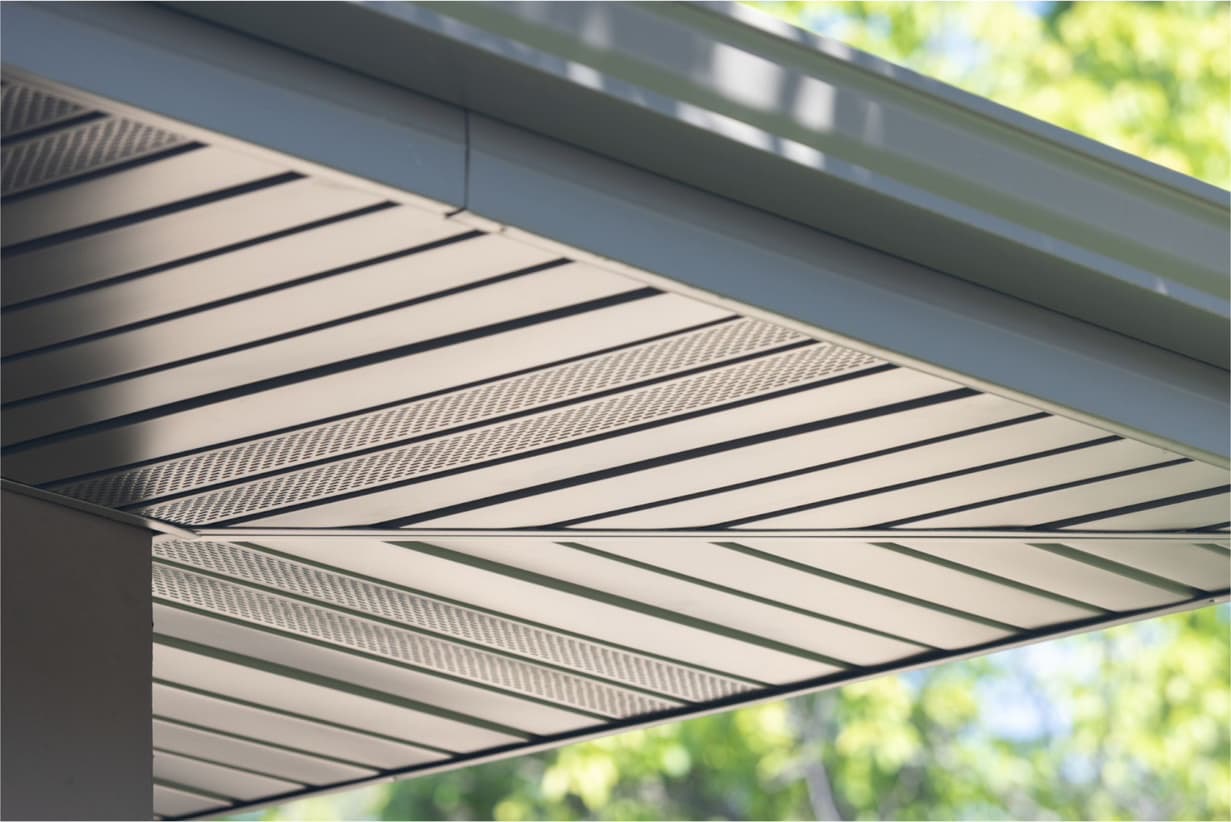

0 thoughts on “What Is The Most Efficient Attic Ventilation System”